When superconductors encounter too much current, they can become resistive. Researchers can design microscopic electronic components that use this effect to create a switch, like a transistor. The resulting nanowire superconducting switching devices (called nano-cryotrons, or nTrons) show promise for future superconducting electronics or particle detectors.
Tag: Magnetic Fields
Scientists closer to solving mysteries of universe after measuring gravity in quantum world
Scientists are a step closer to unravelling the mysterious forces of the universe after working out how to measure gravity on a microscopic level.
Scientists closer to solving mysteries of universe after measuring gravity in quantum world
Scientists are a step closer to unravelling the mysterious forces of the universe after working out how to measure gravity on a microscopic level.
It’s the spin that makes the difference
Biomolecules such as amino acids and sugars occur in two mirror-image forms – in all living organisms, however, only one is ever found. Why this is the case is still unclear. Researchers at Empa and Forschungszentrum Jülich in Germany have now found evidence that the interplay between electric and magnetic fields could be at the origin of this phenomenon.
The importance of the Earth’s atmosphere in creating the large storms that affect satellite communications
A study from an international team led by researchers from Nagoya University in Japan and the University of New Hampshire in the United States has revealed the importance of the Earth’s upper atmosphere in determining how large geomagnetic storms develop.
Researchers discover twisted fields around mysterious fast radio burst
Fast Radio Bursts (FRBs) are the brightest millisecond-duration cosmic explosions in radio bands. Their unknown origin poses challenges for astronomy as well as physics.
Oxide Interfaces Put New Twist on Electron Spins
Electrons in magnetic solids feel each other as an effective magnetic field that forces the electrons’ spins to align. If the arrangement of atoms is not fully symmetric, an additional magnetic force known as Dzyaloshinskii-Moriya Interaction (DMI) can emerge, forcing the spins to reorient and form whirling patterns called skyrmions. Researchers joined two different materials to enable skyrmion generation.
The Mechanism Of Cosmic Magnetic Fields Explored in the Laboratory
Recent research shows that magnetic fields can spontaneously emerge in a plasma if the plasma has a temperature anisotropy. This mechanism is known as the Weibel instability. This new research is the first to unambiguously observe the Weibel instability in the laboratory. It offers a possible solution to the problem of the origin of the microgauss-level magnetic fields that permeate the galaxies.
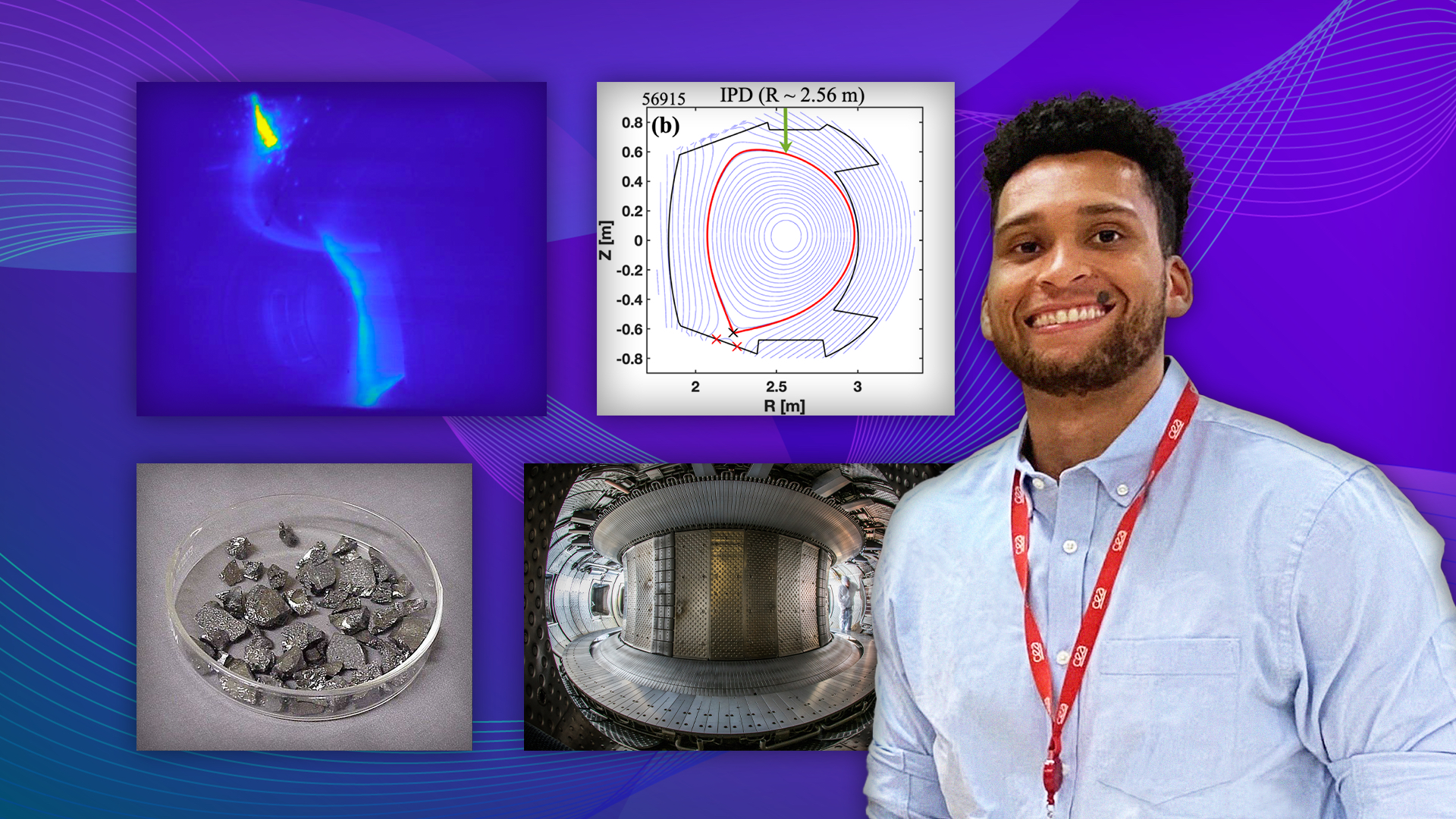
Elemental research: Scientists apply boron to tungsten components in fusion facilities
Scientists at have conducted research showing that a PPPL-developed powder dropper can successfully drop boron powder into high-temperature plasma within tokamaks that have parts made of a heat-resistant material known as tungsten.
Scientists Take Control of Magnetism at the Microscopic Level
Atoms in magnetic materials are organized into regions called magnetic domains. Within each domain, the electrons have spins that point in the same direction. Researchers have developed a magnetic material whose thickness determines whether the walls between domains have the same or alternating spin chirality, or handedness. This study demonstrates a way to change the rotational direction and occurrence of domain wall pairs, a finding that could lead to technologies based on spintronics.
Astronomers Find Evidence for Most Powerful Pulsar in Distant Galaxy
Astronomers using data from the VLA Sky Survey have discovered one of the youngest known neutron stars — possibly as young as only 14 years. It was revealed when bright radio emission emerged from behind a thick shell of explosion debris.
Navigational tools: Sharks use Earth’s magnetic fields to find their way home
Each year, many shark species migrate hundreds of miles, traversing ocean waters to return to the same spot year after year. Now, Florida State University researchers have found that sharks likely use the Earth’s magnetic fields to help guide them on these long-distance journeys.
New Images Reveal Magnetic Structures Near Supermassive Black Hole
The Event Horizon Telescope (EHT) has produced a new image showing details of the magnetic fields in the region closest to the supermassive black hole at the core of the galaxy M87, providing clues about how its powerful jets are produced.
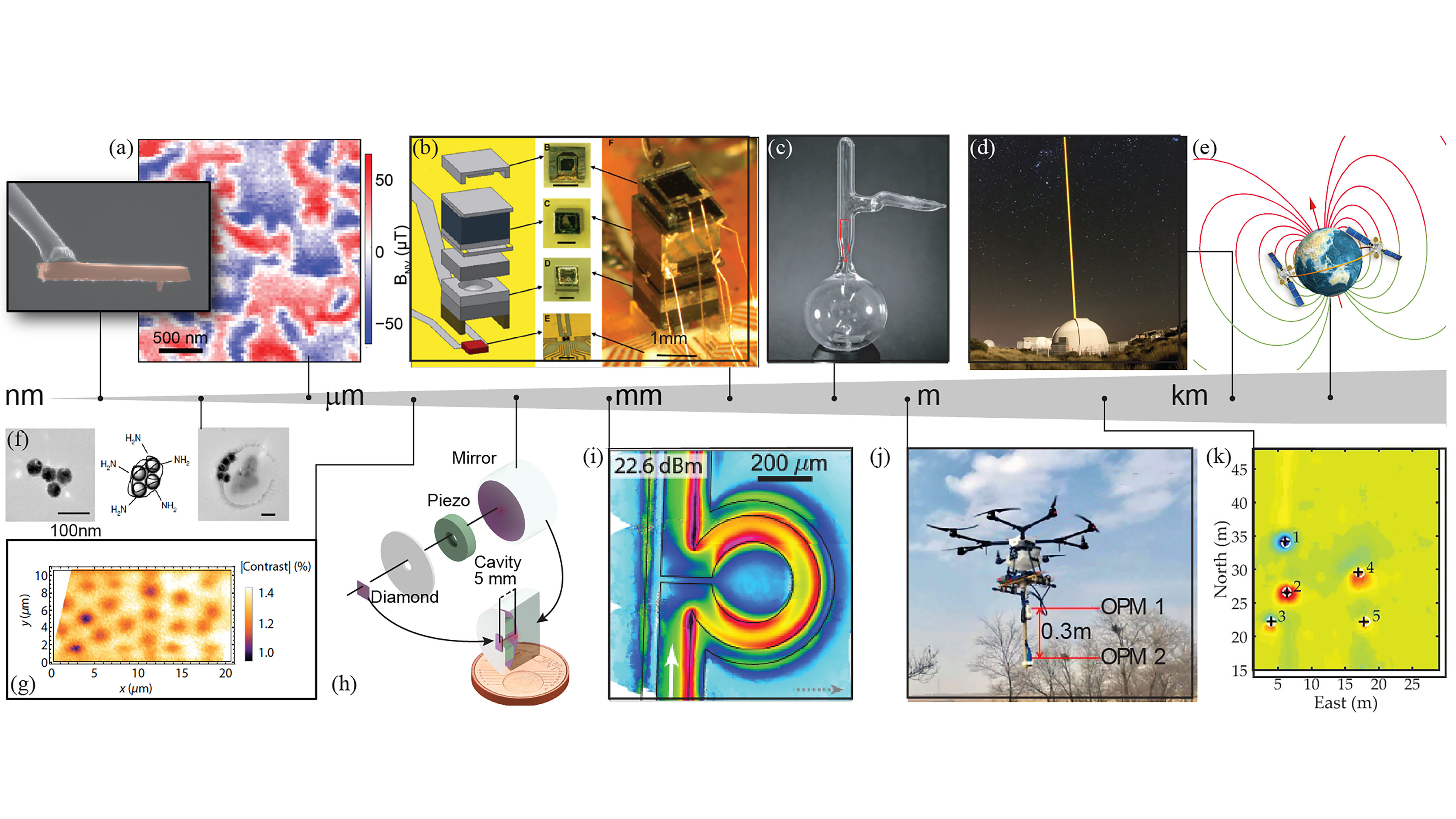
Adapting Magnetometers for Noisy, Physically Demanding Environments
Researchers routinely measure magnetic fields to better understand a vast array of natural phenomena. Many of these measurements are performed in shielded environments, but the research community has achieved these sensitive measurements in extreme environments as well as outside of highly controlled environments. In AVS Quantum Science, researchers discuss ways in which various predominantly optically pumped magnetometer technologies have been adapted for use in a wide range of noisy and physically demanding environments.
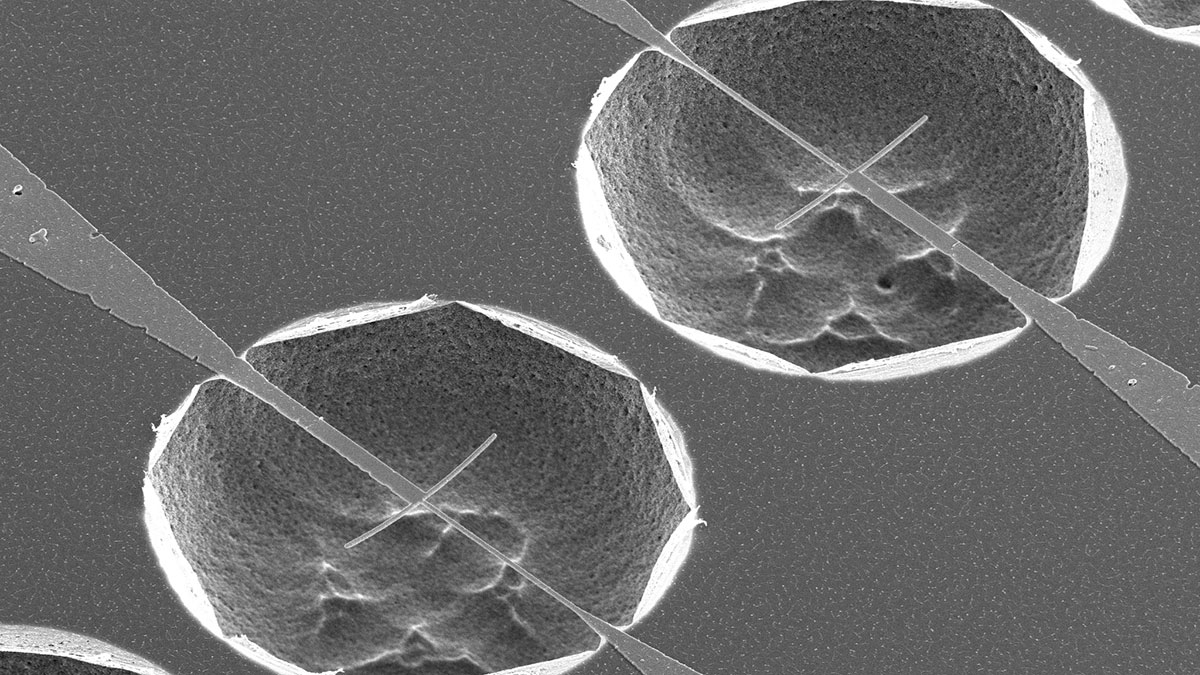
Engineers developing high-speed light detectors for closer look at the sun
Notre Dame researchers will use data from the new high-speed light detectors to determine the temperature of the sun’s lower atmosphere, measure the spectrum of solar flares and gain a better understanding of the role magnetic fields play in solar flare generation.

Quantum Materials Quest Could Benefit From Graphene That Buckles
Graphene, an extremely thin two-dimensional layer of the graphite used in pencils, buckles when cooled while attached to a flat surface, resulting in beautiful pucker patterns that could benefit the search for novel quantum materials and superconductors, according to Rutgers-led research in the journal Nature. Quantum materials host strongly interacting electrons with special properties, such as entangled trajectories, that could provide building blocks for super-fast quantum computers. They also can become superconductors that could slash energy consumption by making power transmission and electronic devices more efficient.
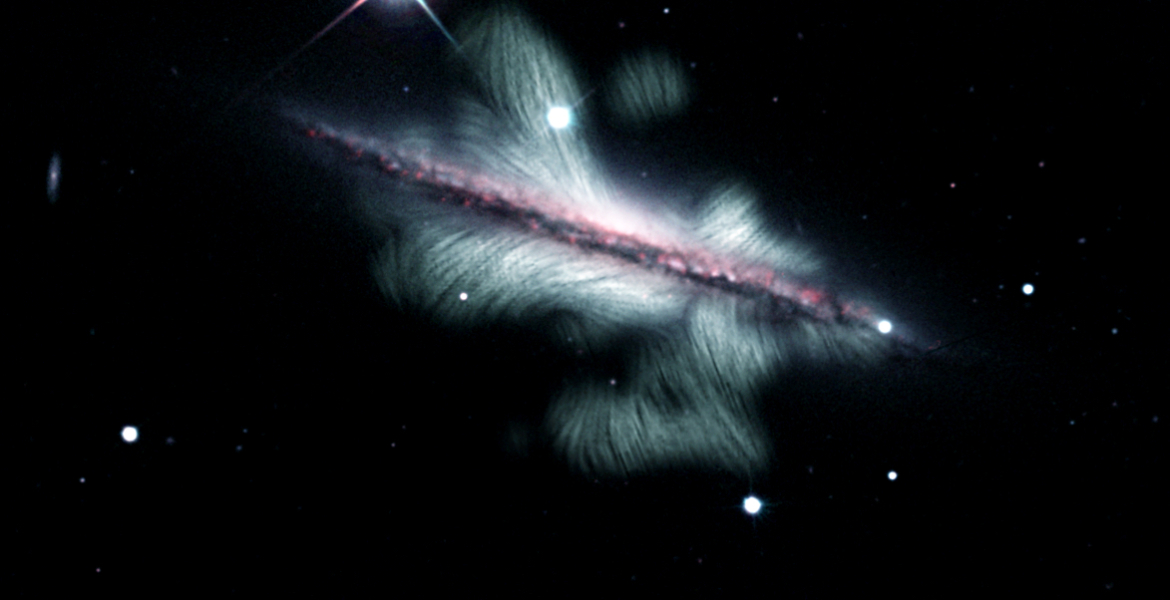
IMAGE RELEASE: Magnetic Field of a Spiral Galaxy
A new image from the VLA dramatically reveals the extended magnetic field of a spiral galaxy seen edge-on from Earth.
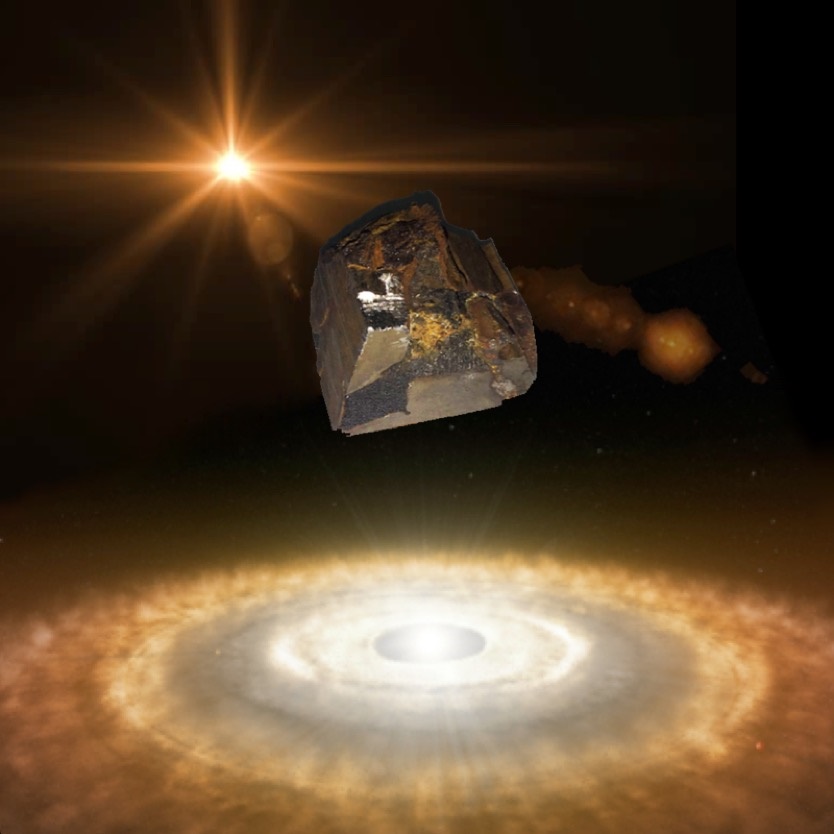
Scientists Observe Superconductivity in Two Meteorites
Researchers from UC San Diego and Brookhaven Laboratory in New York investigated a diverse population of meteorites. Among the 15 pieces of comets and asteroids studied, they found two with superconductive grains.
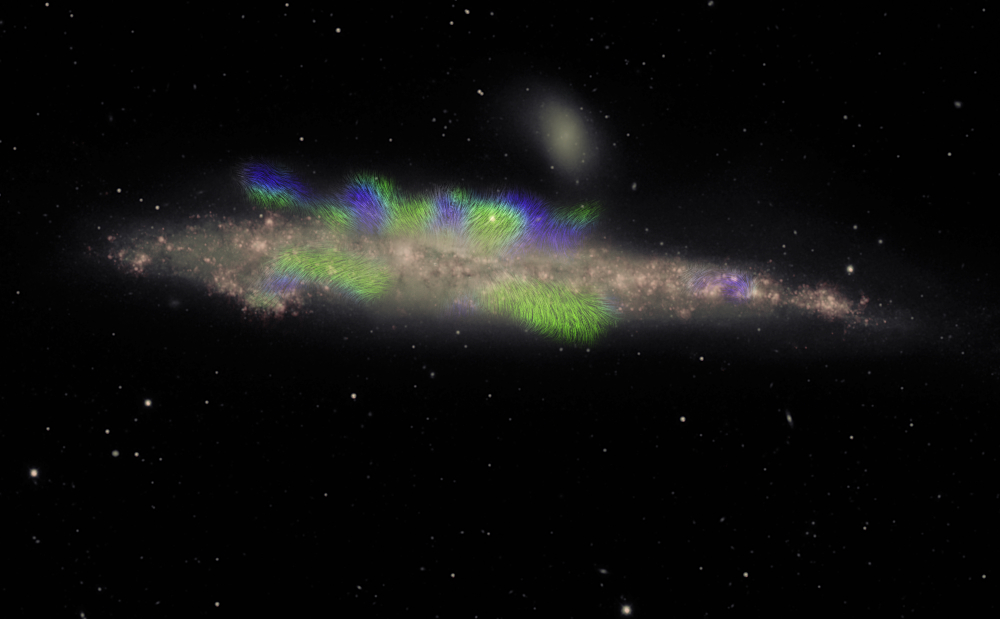
IMAGE: Giant Magnetic Ropes in a Galaxy’s Halo
VLA observations reveal large-scale magnetic field that spirals outward into a galaxy’s extended halo.